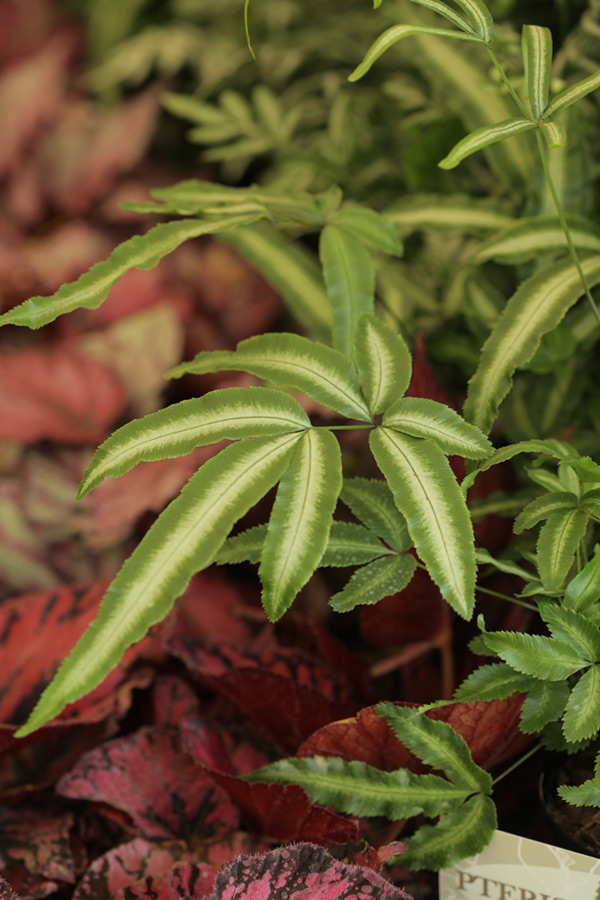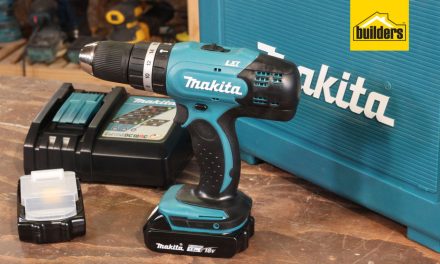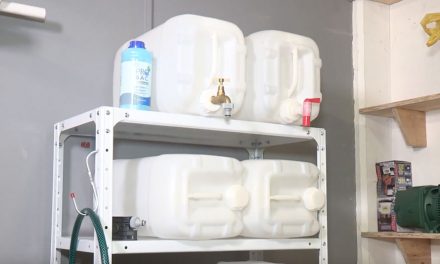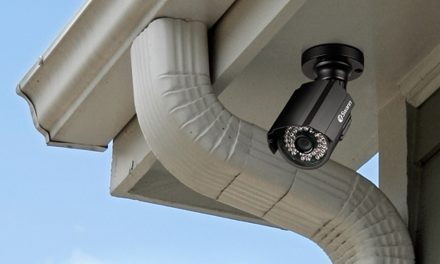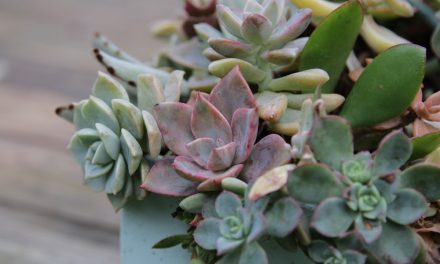Shade and moisture loving ferns.
Ferns can fill spots under trees where nothing grows and also soften hard landscaping in your garden.
Ferns are amongst the most useful groups of plants for use in suburban gardens, lending a soft, feathery texture to the landscape. Most of them enjoy moist, cool, shaded growing conditions making them an important component of the more mature, established gardens with large trees and shrubs that create large areas of shade. These shady areas are ideal for ferns provided that ample water and moisture is available to them. The vast and diverse range ensures that there are ferns for every climate from the balmy tropics to the cold temperate regions.
How does your fern garden grow?
- In many gardens ferns tend to arrive on their own as fine spores blow in the wind and settle on moist surfaces that are conducive to germination. This is often on a damp brick wall or similar structure where they are unwelcome. Trying to move or relocate them often ends in disaster because they are replanted into unsuitable growing conditions.
- A simple way to establish certain fern types in the garden is to gather old fronds with spores clearly visible on the underside. Place them on the surface of the soil or on moist stones or bricks and keep them well watered. After a period the spores will germinate and the ferns will flourish, especially if left to grow undisturbed.
Where does your fern garden grow?
Garden ferns vary from low growing ground covers to large, statuesque specimens that create dramatic focal points.
- They’re effective planted either in a simple hanging basket suspended in a tree or in areas of ground cover beneath large trees.
- Ferns can be used to stabilise moist banks in cool shaded positions, particularly those with a south facing aspect.
- Many combine magnificently with water features, especially when they’re growing amongst rocks where they tend to mould themselves into every nook and cranny. This helps to soften the hard element that rocks can add to the garden.
- Ferns are adept at growing in between the rocks of dry stone walls, again detracting from the harshness of the stone.
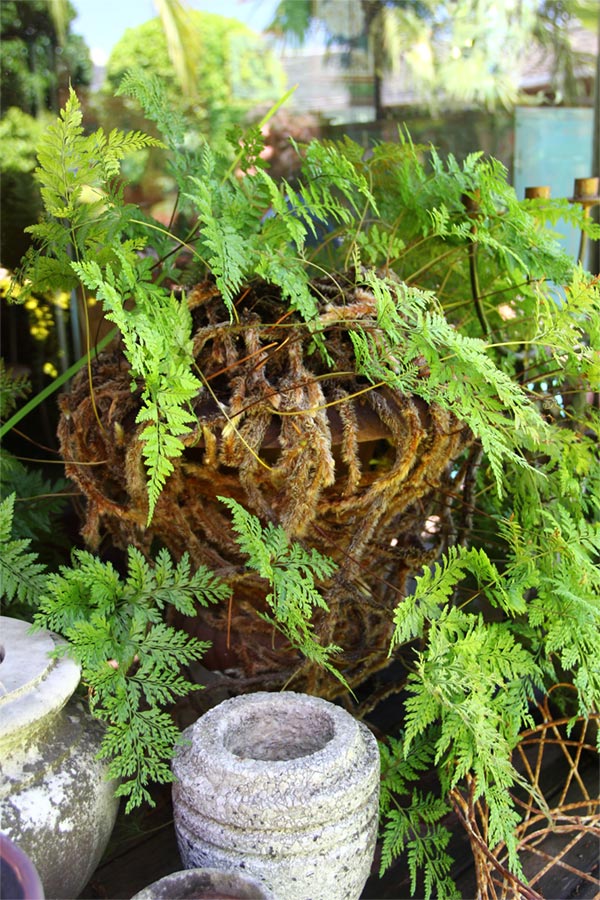
Fern garden top 10
Here are some of the most popular garden ferns used in South Africa. It’s only a smattering of the many hundreds of different species that are cultivated around the globe.
- Adiantum raddianum (Maidenhair fern)
Attractive black stalks carry triangular-shaped fronds comprised of numerous small, wedge shaped leaflets. Many different cultivars of this popular fern are grown for their distinctive characteristics. They are easy to grow in frost free gardens in cool damp spots.
- Nephrolepis falcata furcans (Fishtail fern)
Large-fronded, this sword fern, with coarse foliage, forms attractive clumps of cascading habit. It is often cultivated as a pot or hanging basket specimen.
- Asplenium bulbiferum (Hen-and-chicken fern)
Robust and stout, this fern has fronds resembling carrot leaves upon which plantlets are produced at the edges of the frond. Being semi-deciduous it can withstand dry periods.
- Nephrolepis exaltata ‘Golden Boston’ (Yellow sword fern)
The distinctive golden, or lime green coloured sword-like fronds of this fern are unique and unusual in the world of ferns. This ensures that ‘Golden Boston’ is often planted in gardens where a strong contrast is sought.
- Davallia mariesii (Squirrels foot fern)
Prominent, creeping rhizomes on the surface of the soil is a feature of this fern. They are covered in dense, hair-like scales giving rise to the comparison to numerous furry mammals’ feet. The fronds are fine and feathery, deeply dissected and usually held parallel to the ground on the lengths of the rhizomes.
- Blechnum brasiliense
A most attractive fern with beautiful pink-red new growth that develops into handsome dark green fronds atop a rhizome-like trunk that attains a height of 30cm. Excellent for shaded, woodland type gardens or beside water features.
- Microlepia speluncae
Tall growing, this fern can reach a height of 1,5m. It is a clump-forming fern with lime green fronds. It does best in warm, frost free gardens.
- Cyrtomium falcatum (Holly fern)
Handsome and single stemmed, this fern with robust, shiny foliage, is sometimes confused with cycads and palms. The individual pinnae look like holly leaves, hence the common name. It is a tough and enduring fern that copes with relatively cold climatic conditions.
- Blechnum gibbum (also called Lomaria gibba)
An upright, usually single stemmed, fern, it grows 90cm tall and resembles a miniature tree fern. It makes a splendid specimen plant in a pot or in the garden.
- Rumohra adiantiformis (Leather leaf fern)
An evergreen fern with leathery foliage that can vary significantly in size, attaining heights of up to 1, 5m in certain areas. In local gardens they usually grow to about 50cm tall and spread to a metre. The tough foliage is used extensively in cut flower arrangements as it lasts for weeks in the vase.
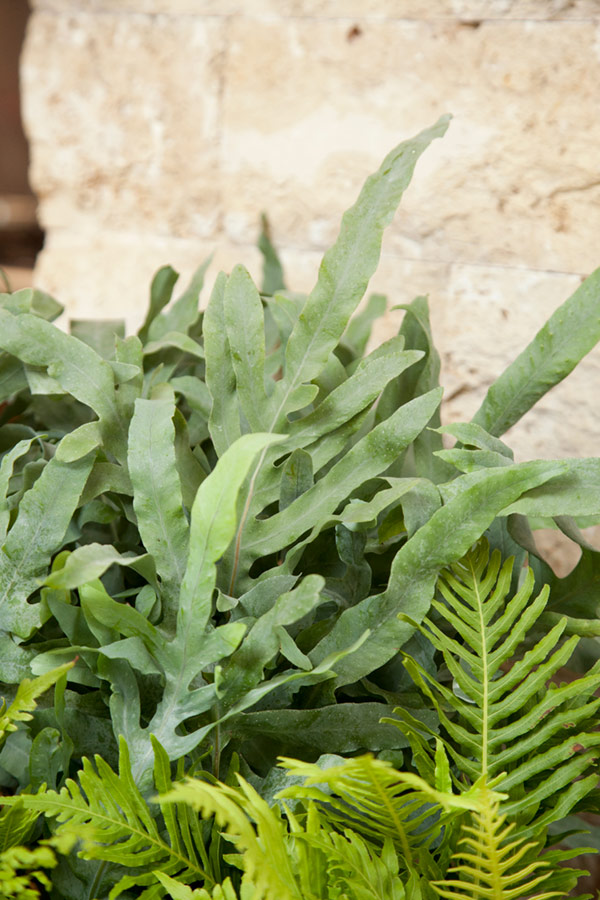
Beware of the nasties
Nephrolepis exaltata (Sword fern) Escaping from garden cultivation, the common sword fern has become a major problem in many parts of South Africa, flourishing in both forests and grasslands where suitable growing conditions prevail. As such it has been declared an alien invader plant and can no longer be planted in gardens. It is advisable to remove this plant from gardens, a task that can be rather difficult owing to the numerous fleshy, rounded, appendages that grow on the rhizomes and runners assisting the fern to spread rapidly. There are a number of other fern species that are deemed to be aggressive in nature and are unsuitable subjects for garden cultivation owing to their ability to take over. Look out for these, remove and treat them as weeds.
Kombat Wipe-Out is a water soluble concentrate, non-selective, post emergence, foliar, systemic herbicide for the control of a wide range of annual and perennial grasses, broadleaf weeds and certain woody perennials, as listed.
